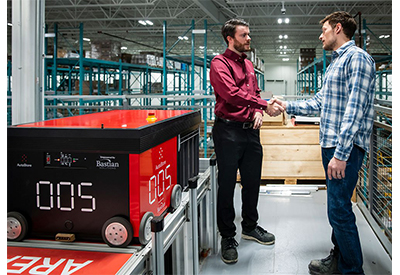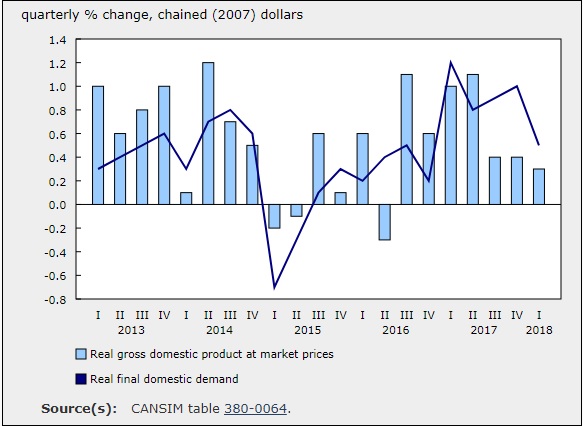Service is Alive and Well — Look at the Bagel!

September 18, 2017
By Rick McCarten
Years ago, I wrote an article about how bagel sales can relate to distribution sales. I thought it was time to revise the data and see if they are still applicable.
So began my journey… I had to update my research and get some actual current pricing.
First, I visited a local grocery store. I found that I can purchase a bag of six bagels for just under $2. That works out to about 32 cents per bagel.
My next stop was the Tim Horton’s across the street (too close to expense mileage!). I stood in line at Tim Horton’s and purchased a single bagel for $1.90.
There was no line-up for bagels at the grocery store, but at Tim Horton’s there was a line-up of people waiting to buy a bagel. The same calorie intake, with similar shape, texture and just as many sesame seeds, at six times the price!
Why does Tim’s charge more for their bagels? Many would say, the difference is service.
But what kind of service?
Is it time savings? Well no. After I bought the bag of bagels from the store, I could have easily driven directly home, popped the bagel in the toaster, spread some cream cheese and finished eating it, in just about the time it took me to order one at the Tim Horton’s counter.
Could it be technical knowledge? No. Everyone in line and behind the counter at Tim’s knows how to “cook” a bagel.
Friendly service? In my case, the people at the grocery store are friendlier than those at Tim’s.
It must boil down to certain types of convenience and convention.
- Buying the bagel at Tim’s means I don’t have to go “shopping”. Time away while pushing a cart. I could even go through the drive-thru, so I don’t have to burn any calories to consume calories (physical).
- This also means I don’t have to “cook” (toast, spread butter/cream cheese on the bagel). Someone does that for me.
- Tim’s has an inventory of always-fresh bagels. I don’t have to think about how many I want and how fresh they are (mental).
- Bagels are not only fresh, they come in different varieties (more variations to meet needs).
- Also, I don’t have to think about my own inventory at home for butter, cream cheese and different flavours of jam (more mental).
- The bagel can be accompanied by a coffee, soft drink, soup, etc. for an additional fee (bundling).
- Although the cost of the bagel is six times the price, the customer is only paying an extra $1.58 for the service. Customer perception: the price is worth the service.
So, if you can buy bagels anywhere, even in one day on Amazon, Tim’s has to know its real service value, has to know that its customers perceive the full value, and has to continually ensure that service doesn’t go from convenience to convention to loss of sale.
The good news is that if you get service right, you can charge six times your what your nearest competitor is charging. Especially if that is a commodity item over the Internet.
If you compare distribution within the entire food business, you see grocery stores’ struggling margins while the restaurant business in general is going up. We could have done the same exercise with a bottle of wine, a salmon steak, or a bowl of noodles.
I heard a quote the other day and I unfortunately did not catch the author’s name. When asked if he, the distributor, can match a price, he responded with: “Yes, I can match their price and I can also match their service.”
Services in this complex and diverse world is alive and well. We just have to know how to exploit it.
Rick McCarten is VP, Operations, Electro-Federation Canada.











